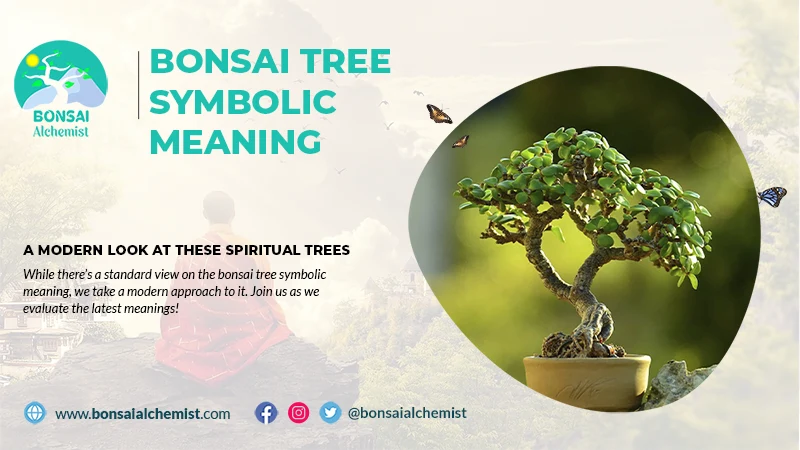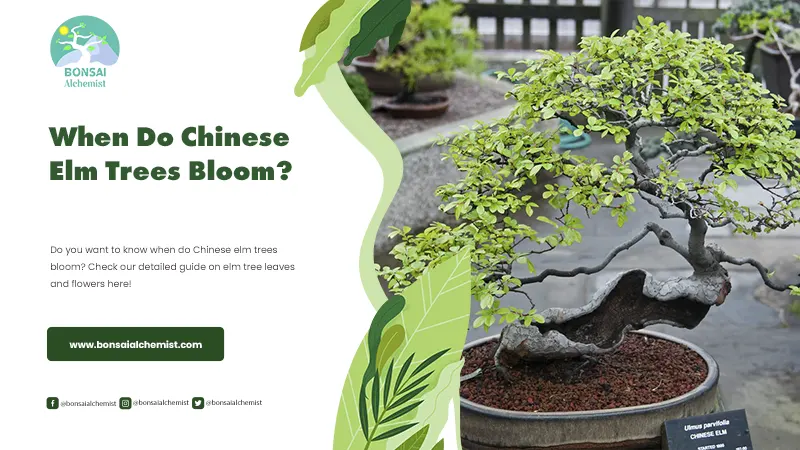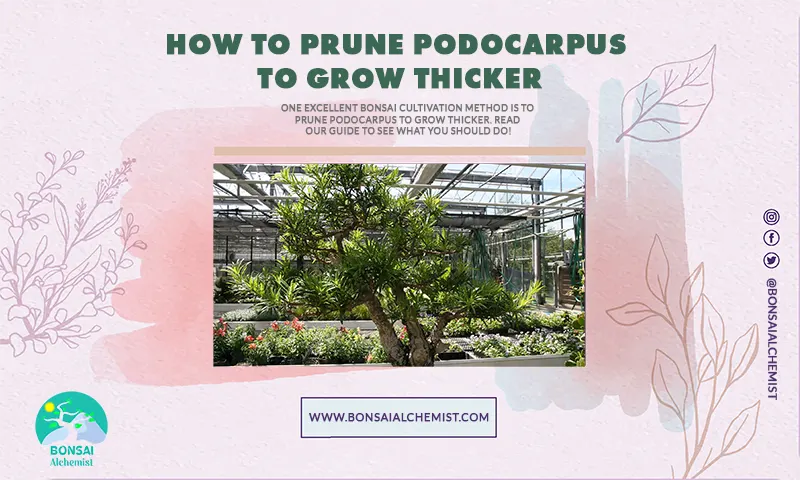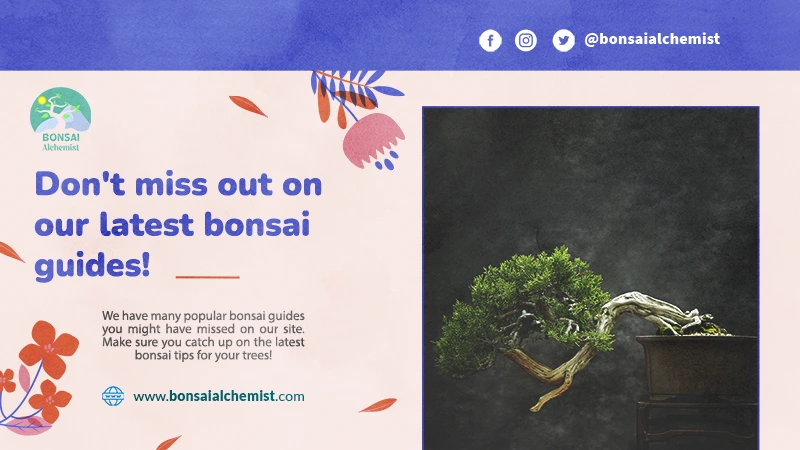Top Three Beginner Bonsai Trees
When you’re a beginner, most hobbies and activities are challenging. When starting with bonsai trees, you can lessen that difficulty by picking the right tree. In this article, we’ll cover three of the most popular bonsai trees for beginners, explaining their needs and challenges. You’ll know better which tree you want to grow as your first bonsai.
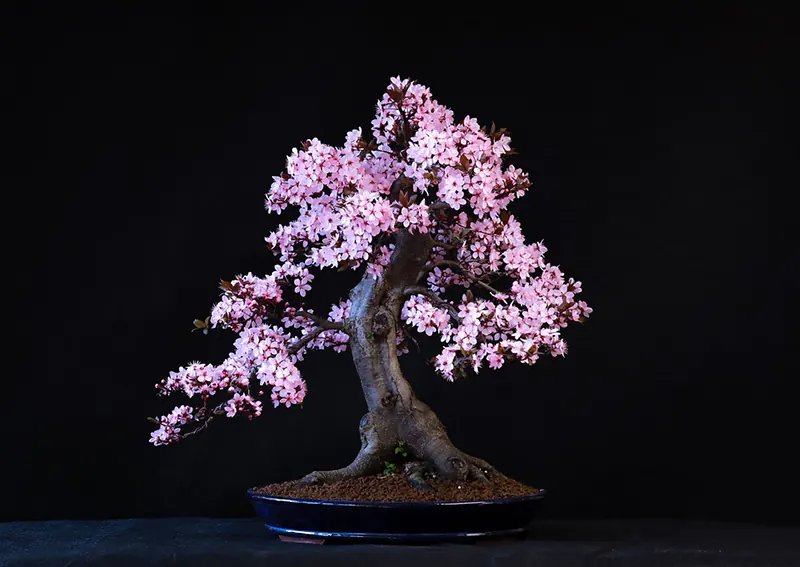
Picking Your First Bonsai Tree
One of your biggest decisions in the bonsai growing hobby is choosing your first tree. For many, it’s as simple as visiting your local nursery and picking out one that looks nice or is recommended by the salesman. However, these are great options to consider if you want beginner-friendly trees.
Japanese Maple
Japanese maple bonsai trees are gorgeous beginner-friendly options. The best soil for these trees is an akadama mix with pumice and lava rocks to aid moisture retention without affecting drainage.
We have a detailed Japanese Maple care guide for you to check out. Make sure you give it the best bonsai care it needs.

Placement
The Japanese maple requires plenty of sunlight and should be grown outside when possible. A sun-facing window that receives morning sun primarily will work if you grow the tree indoors. However, ensure that the tree receives shade from midday sunlight, especially during the summer, as this can damage the tree’s leaves.
Watering
The Japanese Maple species requires frequent watering, at least once a day. In hot climates, the tree needs more water each day. Water until the soil is damp but not forming a pool. It would be best if you watered this tree each evening or morning for better moisture retention.
Why pick this bonsai?
The Japanese maple tree is great for bonsai because they’re easy to maintain and care for. This species is also stunning to look at once grown and styled. While it needs more frequent watering, this schedule isn’t harsh and can be done with just a few minutes each day.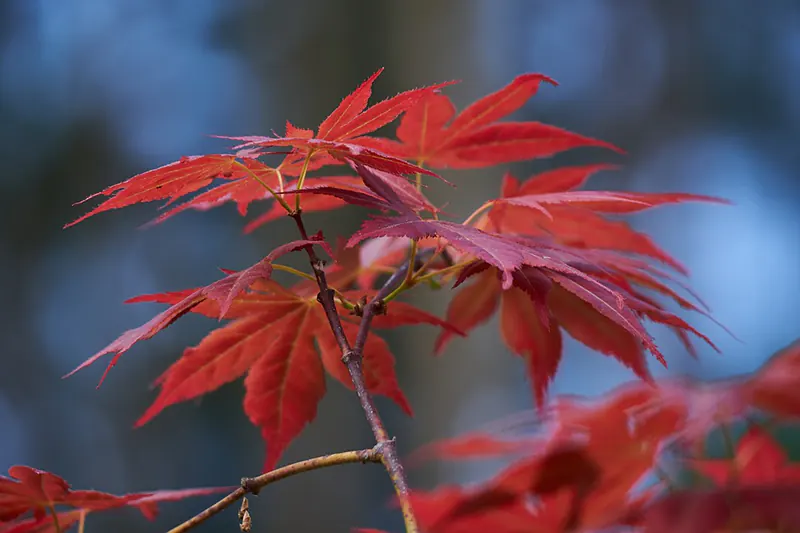
Chinese Elm
Chinese elm bonsai trees are ideal for almost any beginner or experienced grower as they’ll thrive in most environments. Whether you have space to grow the bonsai outdoors or want to keep it indoors, the tree will keep growing.
We have a detailed Chinese Elm care guide that can help you as a beginner. Click on the link to learn more.

Placement
While the Chinese elm can grow indoors and outdoors, surviving in many environments. Morning sunlight and afternoon shade are the ideal conditions for this tree. If you can’t manage this, a few hours of sunlight each day is the minimum required for proper growth.
Watering
The best watering schedule for a Chinese elm is as needed; always check the soil before watering. However, a daily or once every two days schedule will keep the tree alive and thriving. Water till the soil is evenly damp each time, and check the soil daily when possible.
Why pick this bonsai?
Chinese elms are great picks if you’re planning to move to a new location or are unsure about your environment. They need their share of sunlight each day and some watering but are low-maintenance and forgiving if you make a mistake.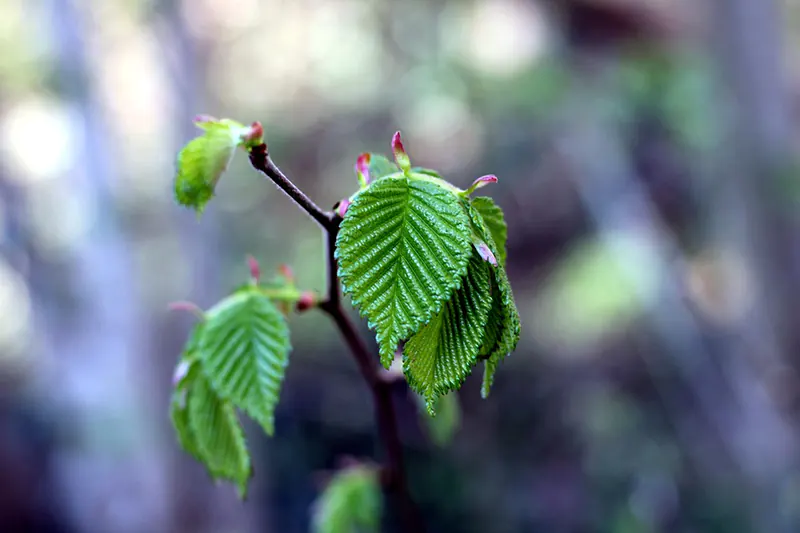
Junipers
Juniper bonsai trees require full sunlight, making them best suited to outdoor growing. The species grows well and is stunning to look at, making it a great tree for showing off.
We have a detailed Juniper care guide with plenty of information you need to care for it. Click on the link to learn more.

Placement
Junipers need four hours of sunlight each day and need to be kept outdoors. Throughout the whole year, they should remain outside. You’ll need to protect the tree during winter, especially after temperatures drop below 15 °F.
Watering
Overwatering this species can be lethal to the tree. As such, water only when necessary, touching the soil to check for moisture beforehand. The tree is much more resistant to underwatering and will be alright if you skip a day of watering to ensure the soil dries first. Misting can be one of the best ways to water this tree if the soil is still slightly damp.
Why pick this bonsai?
Junipers are gorgeous and forgiving if you forget to water them occasionally. While they need to be grown outdoors, if you have the place to grow a bonsai, this is one of the most stunning to begin growing. 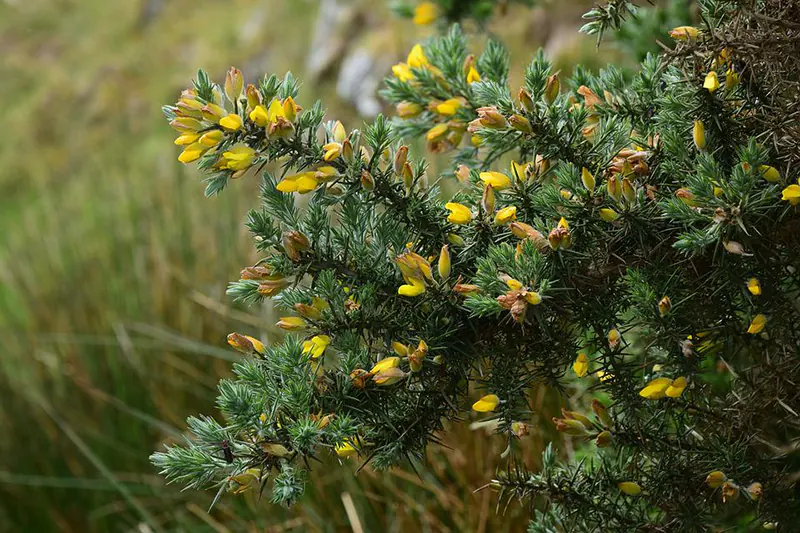
Choosing The Best Bonsai For You
Now that we’ve explored the needs of the top three beginner bonsai available, we want to explain how to choose the best option for you.
Location
While many bonsai can grow indoors if you’re careful enough, not all of them will survive this different climate. The trees that flourish indoors often skip their hibernation state during winter and retain their leaves all year long.
An indoor bonsai is your best choice if you live in an apartment without a balcony that receives plenty of sunlight. Depending on the sunlight and windows of your apartment, you may need to move the bonsai in the morning and evening. If you’re living in a house, you’re likely able to take your pick of locations.
Time
Some bonsai trees require more care than others. While our picks in the top three beginner-friendly bonsai trees are great, other species may require more frequent attention. For example, the Japanese maple requires daily watering but only needs to be repotted every second year.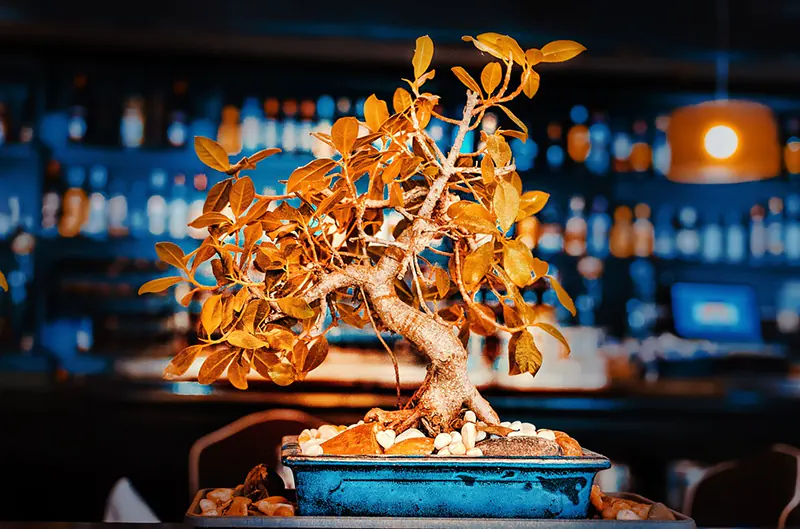
Give It Time
Bonsai trees take time to grow, even if you pick a beginner-friendly species. The best way to choose which tree to grow is by its requirements. If you can give the bonsai a lot of attention and frequent pruning, then most species are an ideal pick, even if they’re not on our top three list.


